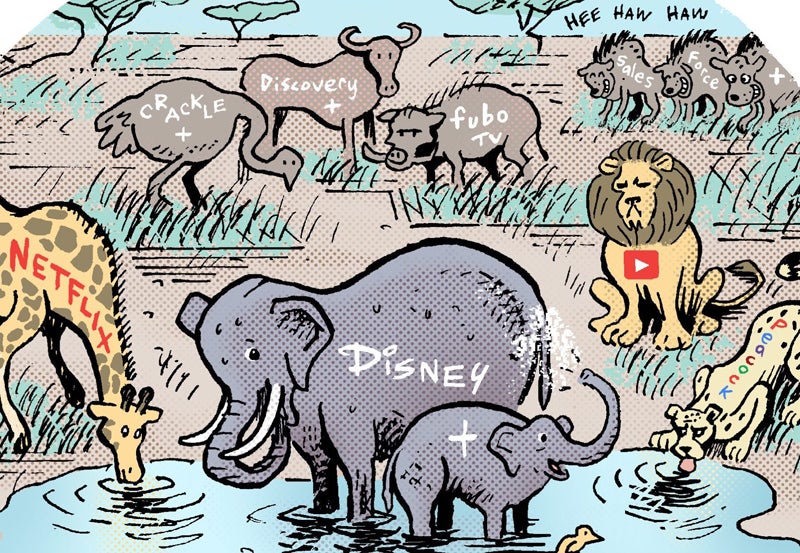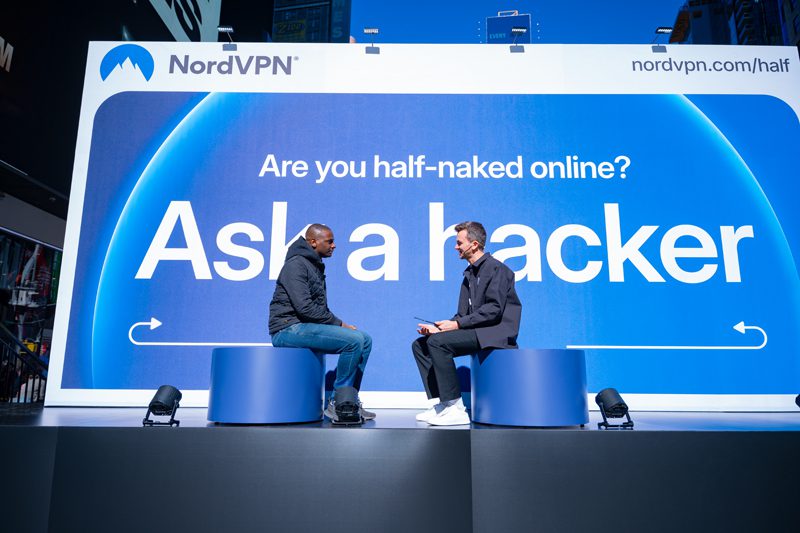Search marketing is a potent tool: sometimes too potent. Sometimes your keywords call out to searchers who have very little to do with your product, service or content. Consider the unfortunate vacation marketer whose keywords include
When It Pays to Be Negative
Search marketing is a potent tool: sometimes too potent. Sometimes your keywords call out to searchers who have very little to do with your product, service or content. Consider the unfortunate vacation marketer whose keywords include “cruise”. How do you make sure your ads appear only when searchers are looking for Caribbean getaways and not “Tom Cruise” or “cruise missiles”? The answer is by going negative—as in “negative matching”, Google’s term for stipulating search terms that you not want your ads to be served to. (Yahoo’s term for the same concept is “keyword exclusions”.) It’s a technique that is well known to search engine marketing (SEM) professionals, but one that many mid-sized businesses trying to manage their own SEM programs in-house may not have the expertise or just the time to take advantage of.
That’s too bad, according to Ben Perry, paid search manager for SEM firm iProspect, because negative matching carries a couple of strong positives. First, of course, is the fact that a marketer can cut back on nonconvertible views by unqualified searchers. That can be pertinent both in cases like the Tom Cruise example, where an alternative meaning for the keyword is far off the mark. But it can also be helpful in cases where a marketer offers only a partial product line and needs to exclude some clickthroughs from searches using the correct form of the word. For example, that vacation marketer advertising cruises might want to prevent his ads from appearing next to searches for “Disney cruises” if those were not among his products.
Beyond forestalling ad impressions that won’t convert to sales, marketers should consider negative matching as a way to improve return on search marketing investment. Not only will this optimize their search ad spending, but the higher clickthrough rates will improve their chances of ranking higher in Google and Yahoo searches.
In a real-life example, Cellphone Battery Warehouse, an online retailer of mobile phone batteries and accessories, found that keywords for one phone manufacturer were converting very poorly. Examination of the Web logs revealed that many clicks on the company’s ads for that product were from searchers looking for batteries for cordless desktop phones from that same manufacturer—batteries that CBW does not sell. The answer was to negative-match “cordless” to the company’s search campaigns. The result: Cost of advertising dropped by 55% over time, while revenue rose by 75%
How do you go about identifying these negative matches? Perry recommends starting with log files and Web analytics reports to find the words and phrases that actually led searchers from the results pages to your Web site. “If you’re doing broad matching, find out what actual search queries are bringing people to your Web site,” he says. The biggest stumbling blocks—Tom Cruise and the cruise missile—will show up this way, and you can go ahead and negative match on those. “But it can be much more fine-grained than that,” Perry says. “You might find that someone is looking to buy what you sell, where you’re only offering a subscription service. So you can control the intent of the customers coming through the ad to your Web site.”
Another way to locate these defective terms is to use the keyword-match tools from Google and Yahoo! that suggest the “long tail” of other keywords you may want to bid on. Generate a list from your current keyword; if any of those suggestions don’t suit your marketing, block them.
Don’t forget simply to take a look at the natural search results for your keyword or phrase. “A lot of times that can give you ideas for negative matches to your keyword,” Perry says. “If those searches bring up sites that are similar but different from yours in important ways– say, if the term brings up some non-profit organizations– you may want to include ‘non-profit’ in your list of negatives.”
One way to maximize search marketing ROI is to cut back on clickthroughs by searchers who may want your product, but not on your terms. An upscale marketer may want to negative out words such as “free”, “discount”, “cheap” or even “affordable”, since clicks from search queries using these terms are not likely to convert into sales. Marketers searching for these potential negatives should look at their worst performing keywords to spot any common flaws.
Perry cites a financial services provider client of iProspect who did not sell insurance in every state. “We simply put negative keywords on states where they didn’t sell their services, and their cost per acquisition [CPA] went down by $5,” he says. Another iProspect client went the other way. A retailer of discount apparel, he negative-matched a raft of upscale brand names such as Gucci and Louis Vuitton and increased his clickthrough rate by 300% by not delivering his ad to shoppers for those upmarket goods.
Finally, Google offers a feature called “embedded match” that can block a specific form of a keyword. This is most often useful when adding a simple word such as “the” to your keyword gives it a second meaning. For example, Steinway & Sons might want to bid on the keyword “piano” but avoid serving ads to people searching for the Holly Hunter movie “The Piano”. (Then again, perhaps not.) That phrase can be blocked by inserting –[the piano] into the Google keyword list.
Execution of negative matches differs somewhat between Google and Yahoo!, Perry says. Yahoo! users can add up to 45 exclusions for each keyword they employ. Google lets search marketers run up to 2,000 keywords at a time for a single AdGroup, which is a collection of one marketer’s ads within a Google campaign. Google counts each negative match associated with that AdGroup as just one more keyword; so a marketer can run 1,500 keywords on Google alongside 500 negative matches. Both Google and Yahoo! give advertisers an unlimited number of negative matches against a single ad campaign.
As for why so many marketers neglect to use negative matching to sharpen their campaigns, Perry identifies two contributing factors. Many inexperienced advertisers focus so intently on the mechanics of running an SEM account on Google or Yahoo! that they don’t think themselves into the mind of the typical searcher—the very person, after all, who will provide the proof of whether they’re doing search marketing effectively. “It’s easy to get caught up in doing all these steps ‘right’ when actually the best thing is to go through the conversion process as if you’re a consumer and ask yourself if these things make sense for you and your campaign,” he says.
The other factor is the temptation to approach search engine marketing with what Perry terms a “banner ad mentality” that more is more. Many marketers buy keywords that have only a tangential relation to their marketing aims and lose sight of the ones that don’t perform. Banner ads cost less than search keywords for a reason, he says: They convert less often. You can grab at every keyword that offers a slim chance of attracting searchers’ attention—for example, buying “bear hunting” if you’re a sporting goods retailer—in the hope that those people will convert.
“They might, but they’re going to do so at the rate of a banner ad, while you’re paying search engine prices,” Perry says. “You’re probably better off advertising on ‘jackets’ than ‘bear hunting.’” And also paring down your search marketing with the judicious use of negative terms.
When It Pays to Be Negative
Search marketing is a potent tool: sometimes too potent. Sometimes your keywords call out to searchers who have very little to do with your product, service or content. Consider the unfortunate vacation marketer whose keywords include








